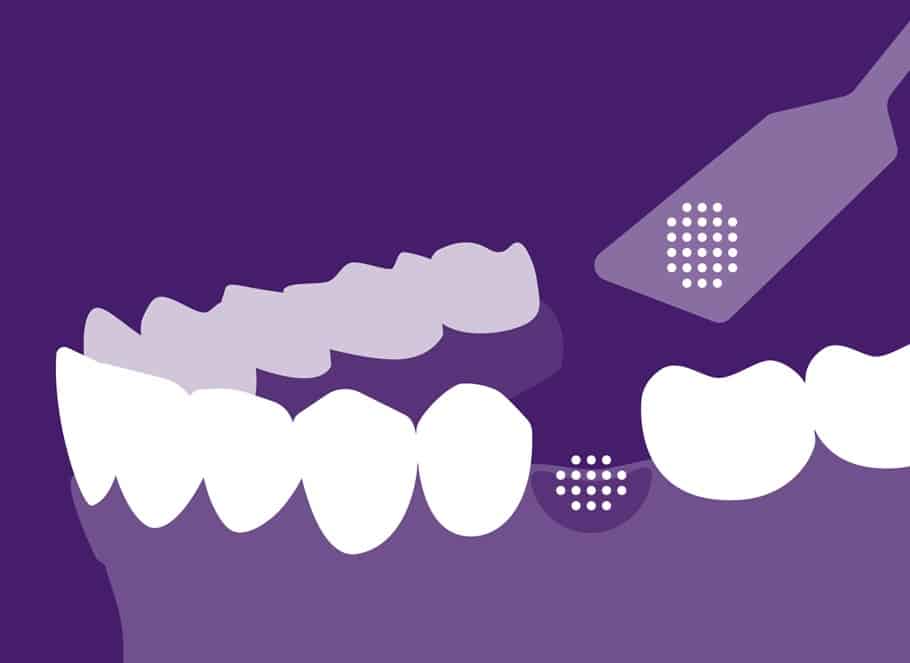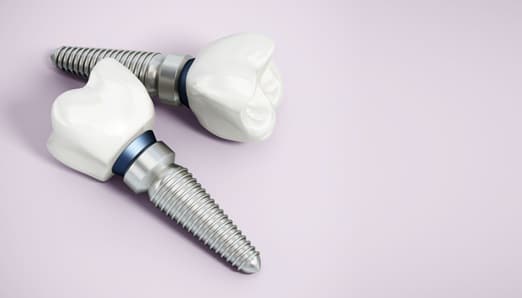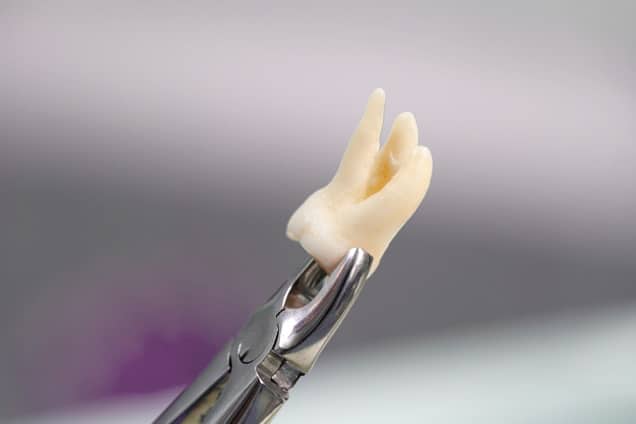
Longmont Dental Bone Grafts
“The words ‘bone graft’ seem to instill fear into dental patients,” says Dr. Adrienne Hedrick, “but a bone graft is one of the easiest and most simple dental procedures.” In fact, Dr. Hedrick has performed hundreds of them and typically does at least one per week. If you would like to learn more about why they’re necessary in dentistry, then this post is for you.
What Is Bone Grafting?
Bone grafting, also known as bone augmentation, is an oral surgery procedure that uses transplanted bone to replace missing or damaged bone in your body. Many different types of doctors can perform bone grafts, and dentists are the ones who often replace bone in your mouth.
Most people assume that a bone graft involves placing a hard bone in your mouth, but it can be procured from elsewhere with varying degrees of density. If the source of the bone is soft, your body, over time, will naturally harden it.
What Are Dental Bone Grafts Made From?
At Longmont Dental Loft, we use bone grafts made from either a combination of cadaver and cow bone or lab-grown bone. But there are many different sources, with four of the most common explained below:
- Autografts: Uses bone from your own body, such as the hip, tibia, or jaw
- Allografts: Involves bone sourced from another human, often a cadaver
- Xenografts: Incorporates bone from another mammal, such as a cow or pig
- Alloplasts: Uses synthetic materials, such as calcium phosphate or calcium sodium phosphosilicate
When is Bone Augmentation Needed in Dentistry?

Before Dental Implants
If you’re getting a dental implant, you’ll also likely get a bone graft because it provides needed support. The bone graft is performed first, and you’ll need to wait 3 to 4 months for it to heal before getting the implant.
The exception is if you’re getting all-on-4 dental implants. These are full arch implants held in place with four implants and with these you may not need to wait 3-4 months depending on your bone quality.

After a Tooth Extraction
A tooth extraction leaves behind a hole where the root previously was. Without a bone graft to fill it, the soft tissue around the hole won’t heal properly, bone loss will occur, and you run the risk of developing periodontal disease.
We believe strongly in grafting the bone whenever a tooth is taken out. This is because there needs to be enough bone for long term stability of the jaw as well as any future treatment.
Bone Graft Procedures Performed at Longmont Dental Loft
Bony Pockets
This procedure regenerates any bony areas around your teeth.
Ridge Augmentations
A ridge augmentation bone graft fills in ridges that can occur from injury, defects, or severe periodontal disease.
Sinus Bumps
A sinus bump is similar to a sinus lift but is less invasive. If an implant is needed for your upper jaw, a sinus bump adds more bone to prevent the implant from penetrating the sinus. It also allows the implant to be placed immediately without waiting for your gum tissue to heal.
Socket Grafts
The most common bone graft is a socket graft, which fills the socket, or hole, due to an extracted tooth. A socket graft uses bone tissue, which will eventually heal into a solid mass of bone.
Is it Painful?
Although the thought of having a bone graft sounds painful, it really isn’t. Dr. Hedrick will administer novocaine to numb the targeted area, and you likely won’t require many — if any — surgical incisions because the procedure mostly involves filling an area with bone tissue. However, if you want to calm dental anxiety, we offer many types of sedation dentistry to make your procedure more comfortable.
Healing Process
After your bone graft is complete, Dr. Hedrick will protect the area with a collagen membrane, which acts as a band-aid. After 7 to10 days, she will remove the sutures but leave the collagen membrane in place to continue to protect the area. The membrane will dissolve on its own in over a month.
If you’re scheduled to get an implant 3 to 4 months later, we may take a 3D image of your mouth by using a CBCT to ensure the bone has healed properly first.
Why You Should See Us Instead of an Oral Surgeon
Dr. Hedrick performs many types of oral surgeries and there are many advantages of seeing a dentist for a bone graft instead of an oral surgeon. If you need a bone graft along with another type of oral surgery, Dr. Hedrick will create an overall comprehensive treatment plan for you. In fact, she will do this for all her patients, even if you would get a bone graft at an oral surgeon’s office.
The largest advantage of having Dr. Hedrick perform the bone graft and the other oral surgery procedure is it’s a one stop shop. For instance, you can get a dental implant as well as the bone graft at the same place.
Summary
If you’re experiencing any kind of bone loss (missing teeth or advanced periodontitis are just two frequent causes), you’ll need a bone graft to prevent further damage. Luckily this is a common procedure with minimal discomfort. If you think you might need one or have any questions, please feel free to call us at 303-772-6333.